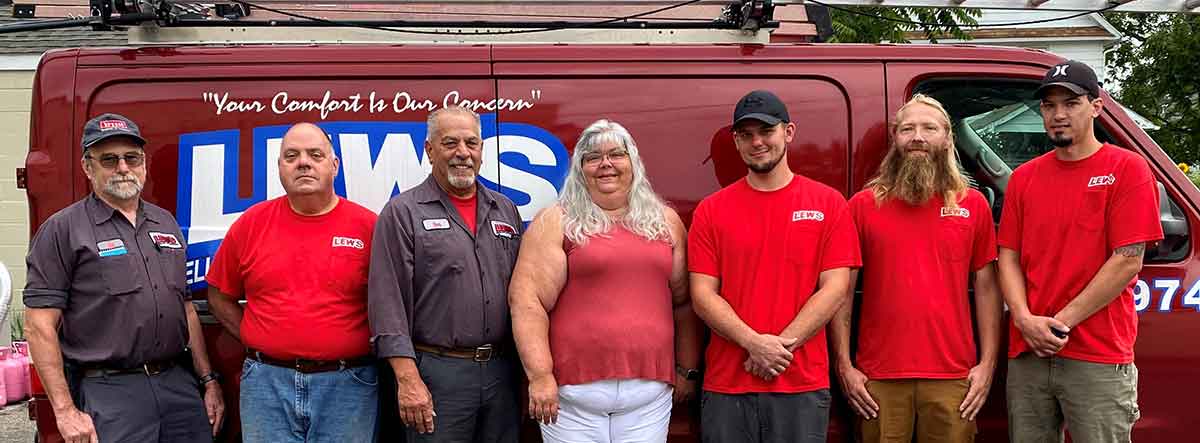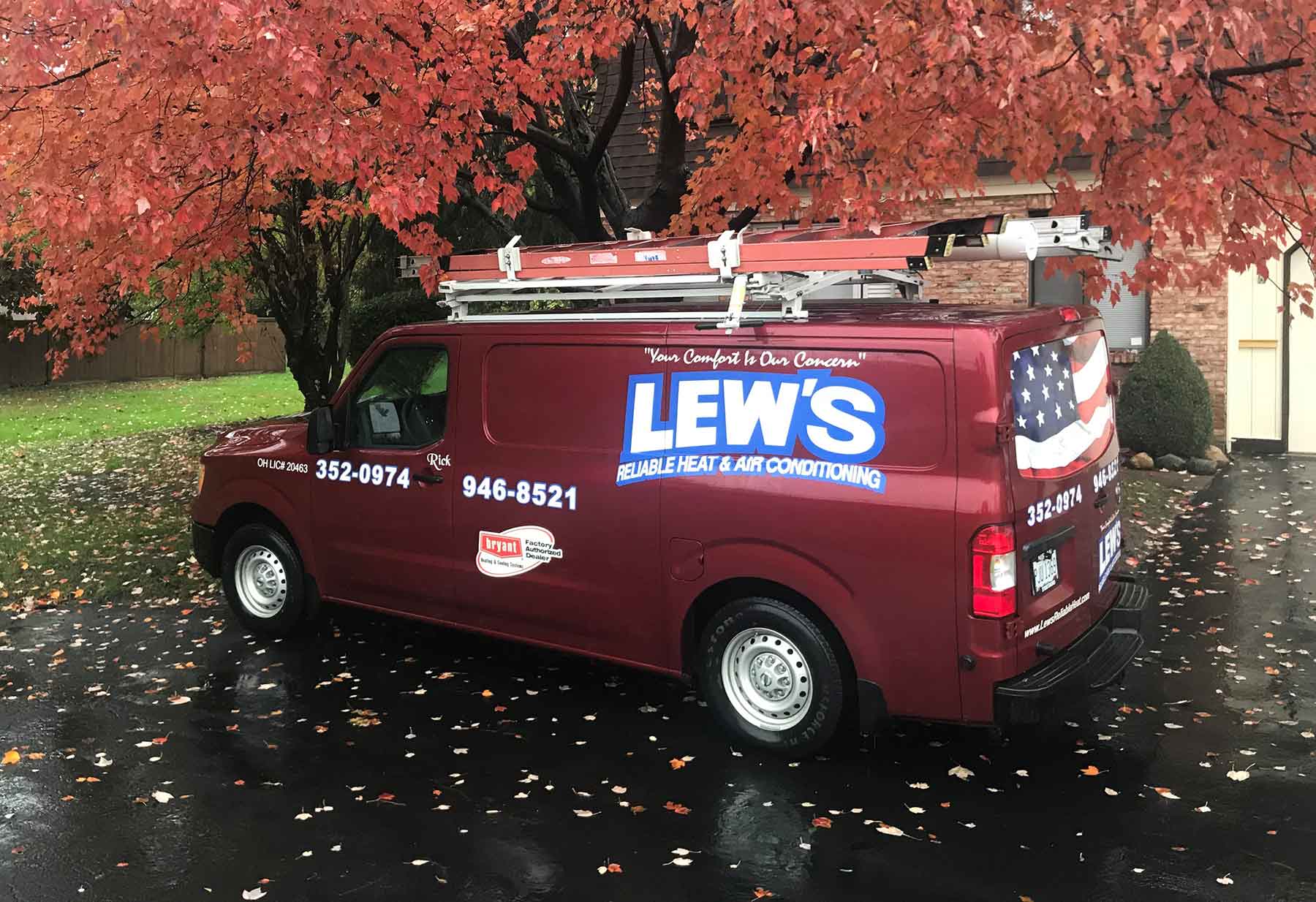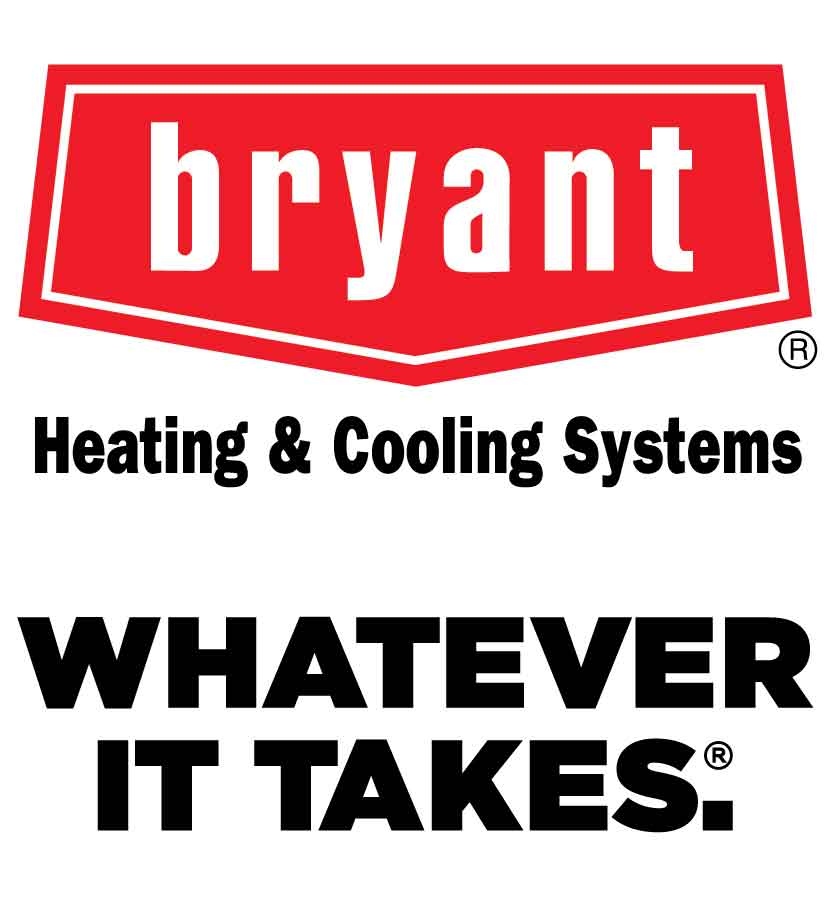How do I know what equipment I have?
- HVAC equipment takes all shapes and forms, some being more popular in markets than others. In Northeast Ohio, forced air systems are what tends to be put in New Built homes, with century homes still sometimes featuring hot water boilers (or even steam!).
- If you have registers throughout your home that blow warm (or cool) air at you during cycles, you have a forced air system.
- A forced air system could have a gas (propane) furnace, oil furnace or electric furnace (maybe with a heat pump!). One way to know your fuel source, is to check your utility bills; if you don’t have a gas bill (or propane tank) then you don’t have a gas furnace. An electric furnace (also known as a fan coil or air handler) does not need a vent pipe, so you won’t see a flue going up the chimney.
- If you have baseboard or radiators that give off heat during a cycle, than you have radiant heat. Radiant heat can be provided by either electric baseboard (which would have a control for each section), a gas hot water or steam boiler, or an oil hot water or steam boiler. If you are unsure if your boiler is hot water or steam, a serviceman can let you know upon inspection.
- If you have registers throughout your home that blow warm (or cool) air at you during cycles, you have a forced air system.
What is the average life expectancy of my equipment?
- Gas Furnace: about 20 years if properly maintained
- AC: about 15 years if properly maintained
- Heat Pump: about 12-15 years if properly maintained
- Oil Furnace: High end Brands, about 25 years if properly maintained, Lower End Brands, 15-20 years if properly maintained
- Gas Boilers: if the heat exchanger is cast iron, about 20 years (maybe more) if properly maintained
- Oil Boilers: about 20 years if properly maintained
What is the average replacement cost of equipment?
- Replacement costs vary drastically between equipment, brands, and capacities. Replacement HVAC equipment can range from $5,000-$50,000.
- Gas furnaces vary depending on size and efficiency, but typically you can expect between $4000-$10,000.
- Central A/C involves multiple pieces of equipment: your condenser(outside) and coil (inside). The coil could be just a coil box at your existing furnace, or an air handler installed in the attic. Replacement A/C with a simple coil box, typically ranges from $5,000 – $20,000, depending on capacity and efficiency.
- Heat Pumps are condensers that not only cool your home but also offer heat down to certain outdoor temperatures, to help with the heating costs of all electric homes. A heat pump replacement typically ranges from $7500 – $25,000, depending on capacity, efficiency, and heating range.
- Boiler replacements include more than just the boiler. They usually include reworking of some piping and a list of necessary accessory parts. Gas boiler replacement (80% efficient) tend to fall in a $10,000- $15,000 range, with the higher efficiency models being over $20,000, depending on capacity. Steam boilers tend to start at $15,000 and depend GREATLY on the condition of the surrounding pipe, which can add to the cost, in addition to the capacity of the boiler.
How often should I be changing my filter?
- If you have a 1” thick filter (any dimensions) it should be changed AT LEAST quarterly, if you have pets even more often. If you have a media filter (meaning something 4” thick it should be changed AT LEAST once a year, again if you have pets more likely every 6-8 months.
How do I know what filter to buy and what does MERV mean?
- If you have a “forced air”, or “warm air” system, near your furnace should be a slot where the filter would go. In the case of a 1” filter you can go by the existing filter in the slot to buy a new one, or you can measure the dimensions (height x depth) of the slot to be sure. It is okay if the filter sticks out of the slot by a little (not every slot is a standard filter size).
- If you have a media filter, Honeywell filters are easy: you will just purchase the same filter currently in the slot. Aprilaire filters are a little trickier, and we will refer you here for the information on those. How to video
- MERV rating is the efficiency rating on your filter. For 1” filters you will want to choose something less than 10, preferably between 5-8. It will be noted on the edge of the filter somewhere.




